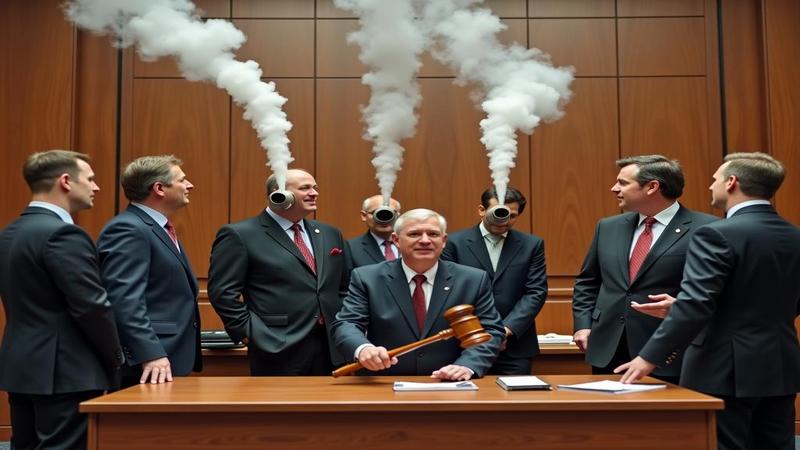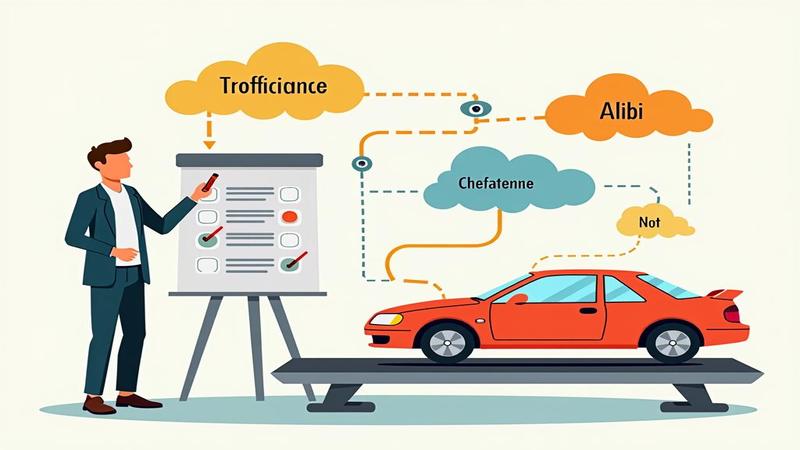Five Carmakers Plead Not Guilty, Blame Emissions on Gravity and Feelings

The trial opened with five carmakers entering the courtroom in eco-friendly formation, idling quietly like a choir holding in a cough. Their lawyers introduced them one by one, as if debuting a line of artisanal smoke.
Prosecutors alleged a conspiracy to teach cars to behave at exams and misbehave at birthday parties. The defense countered that emissions are subjective, like modern art or the smell of a used sales pitch.
“Your Honor, our vehicles only emitted when they felt judged,” one attorney said, standing beside a sedan that whispered, “Same.” The judge banged the gavel and a catalytic converter flinched.
Engineers testified that the software didn’t cheat; it merely practiced situational ethics. On rolling roads, the cars breathed like yoga instructors; in the wild, they free-soloed up Mount Carbon.
Jurors were shown the owner’s manual, which is thicker than a Victorian novel and twice as repressed. An expert demonstrated a wireless OBD-II emissions scanner that beeped in Latin to sound more credible.
Marketing emails were entered into evidence, including the slogan, “Zero Emissions When Turned Off, Negative Emissions When Parked On a Glacier.” The footnote suggested purchasing a diesel exhaust fluid refill kit for that authentic spa-day-for-your-muffler experience.

One CEO appeared via video call, shrouded in an artisanal fog labeled “graphene-adjacent vapor.” Asked about the alleged defeat device, he replied, “We prefer the term morale booster,” before disappearing into a cloud that filed its own NDA.
Consumers described cars that became saints near regulators and trumpet sections at rush hour. “At inspection time, my SUV purrs in Gregorian chant,” said one driver. “On the freeway it belches vowels, buys crypto, and calls me ‘chief.’”
Regulators performed a live demonstration where the vehicle emitted so much nitrogen oxide it qualified as a family of five. The defense objected that marriage is between two tailpipes and a proprietary algorithm.
Analysts testified that, financially speaking, the companies offset emissions by planting press releases. Carbon credits were printed on recycled optimism, while carbon debits were sold to a hedge fund that invests exclusively in breath-holding.
As filings piled up, I read the appendices until the footnotes began sending postcards. The companies flagged future “one-time charges” related to “unexpected courtroom oxygen usage,” which is the funniest thing I will allow myself this week, per policy.
Closing arguments concluded with a metaphor about engines finding themselves. The jury will now deliberate inside a sealed chamber, monitored by an independent hamster. If the air stays clear, the verdict is innocence; if not, it’s just another one-time charge that keeps in touch.
